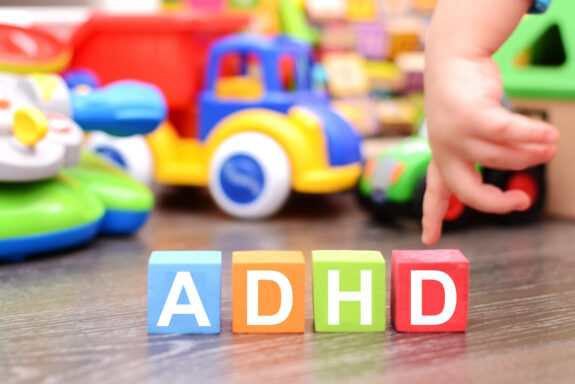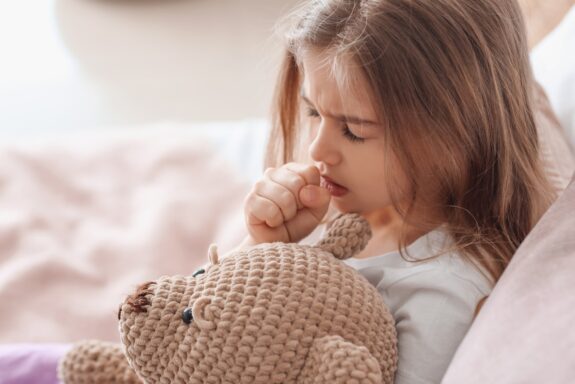
Its summertime! Odds are your child will end up in a pool sometime this summer. Questions we are often asked is how do you prevent swimmer’s ear (otitis externa) and how is swimmer’s ear different from an ear infection?
What is Swimmer’s Ear?
The term “Swimmer’s ear” comes from the idea that mostly swimmer’s get swimmers ear. But swimmer’s ear is essentially a buildup of moisture in the ear. This can be caused by showering, swimming, improper cleaning of the ear, or even a change in humidity that causes an infection or irritation of the ear canal. If your child is experiencing symptoms, kids urgent care can provide the necessary treatment to prevent further complications.
Children often complain of “itchy ears” if they have swimmer’s ear. A doctor will diagnose swimmer’s ear with an otoscope (device for looking in ears) and may prescribe prescription ear drops. If the swelling is severe, and the drops fall back out of the ear, a gauze wick with the drops on it will be inserted in the ear.
How is it different from an ear infection?
Ear infections (otitis media) are often found in children and are caused by swelling and pus in the middle ear cavity. This is different from swimmer’s ear. This occurs for various reasons, sometimes a child’s eustachian tubes are not fully developed so fluid in the ears drains slowly, and other times it can be caused by allergens.
Preventing Swimmer’s Ear
After bathing or swimming, children should tilt their heads to the side in both directions to help rid the ear of water. Do NOT use Q-tips to clean out water from the ears. This can pack in the earwax and prevent water from escaping. If you use a Q-tip on your child, clean only the outside of the ear. A hair dryer can also be set to low, an arm’s length away from the ear, to dry it.
There are over-the-counter drops available to help swimmer’s ear, particularly in children who are prone to them. These eardrops contain acetic acid or alcohol and are placed in the ears after swimming. Children with ear tubes or a hole in the eardrum should NOT use these drops.
-Alicia Tezel, MD, FAAP



